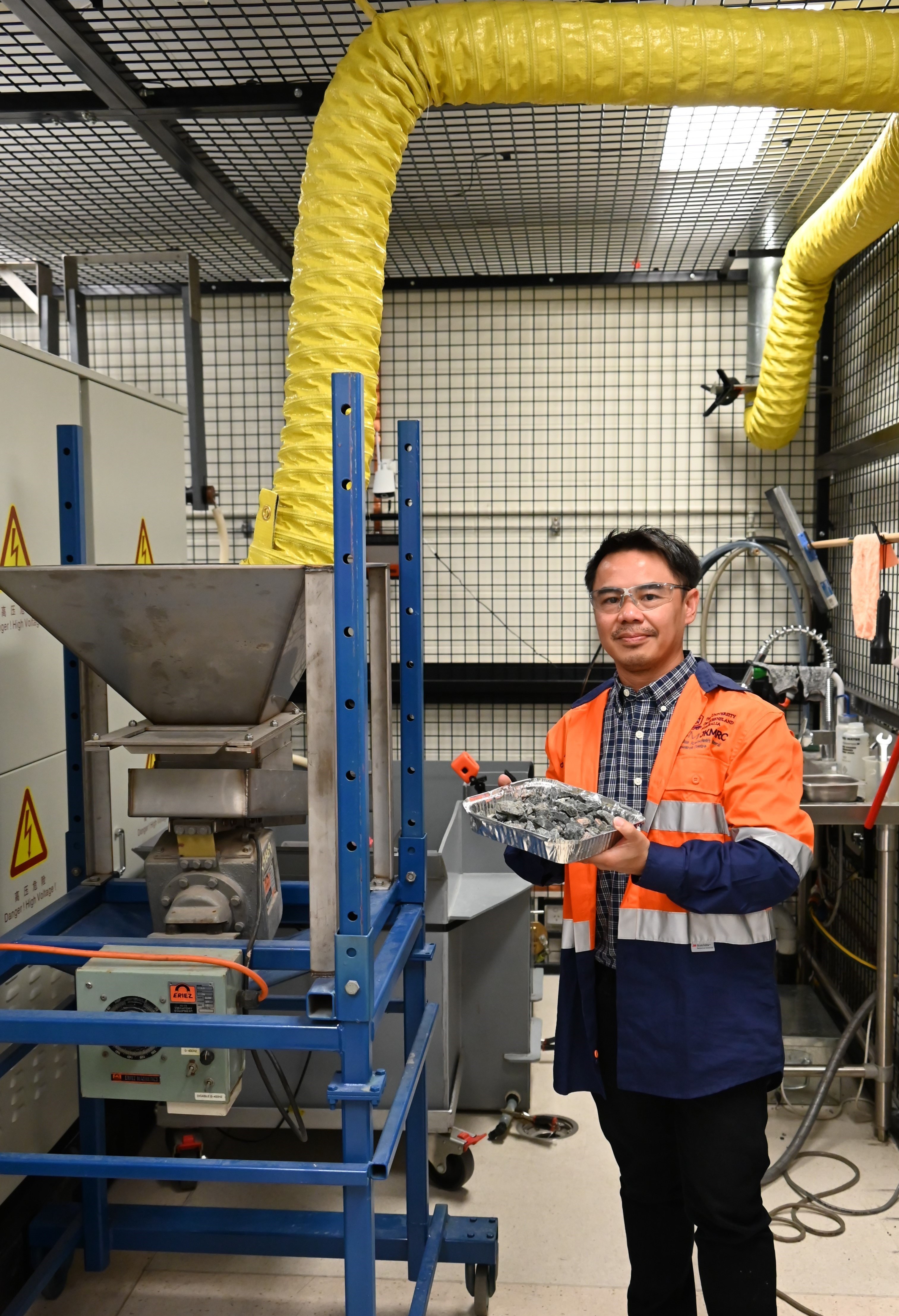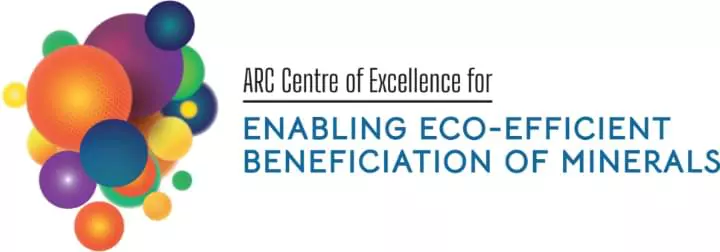Theme 1 Early Gangue Rejection
Theme Leaders: Professor Bill Skinner and Associate Professor Elham Doroodchi
Research supporting Research Theme 1 is focused on the recovery of minerals at coarse particle sizes, while rejecting liberated and near-barren gangue particles.

Success should lead to lower tonnages for grinding to finer particle sizes to achieve mineral liberation, thus minimising energy (and water) consumption in primary comminution circuits. The efficacy of this approach will always be a function of ore mineralogy (primary grain size of mineral phases and associations). The ability of comminution technologies to produce sufficient surface exposure of value minerals for bubble-particle attachment in coarse particle flotation also depends on the hydrodynamic environment for the recovery of coarse-composite, bubble-particle aggregates. Appropriate analytical methods are required to interrogate bulk and surface properties of particles produced from comminution, classification, and concentrate/tailings streams.
Projects are examining breakage mechanisms accessible by physical (compression, shear) approaches, and strategies exploiting differential properties of mineral phases (e.g. High Voltage Pulse (HVP) and GRolls® technology) in ores – coupled with 2D and 3D characterisation of bulk/surface liberation and chemical heterogeneity, at micron scales. Beneficiation technologies, exploiting controlled hydrodynamic conditions in flotation (e.g. HydroFloat, coarseAIR™ technologies, etc), density/gravity (e.g. Sink-Hole Fluidiser technology), selective agglomeration and wet vs dry electrostatics are being investigated. Novel methods to assess coarse particle flotation will need to be developed to help improve the translation of these technologies to the industry. Furthermore, new reagent molecules, their wetting, spreading and adhesion, including delivery and adsorption mechanisms are being studied, along with their capacity to perform different functions in response to manipulating pulp conditions.
Novel methods to assess coarse particle flotation are being developed to help improve the translation of these technologies to the industry. Furthermore, new reagent molecules, their wetting, spreading and adhesion, including delivery and adsorption mechanisms are being studied, along with their capacity to perform different functions in response to manipulating pulp conditions.

